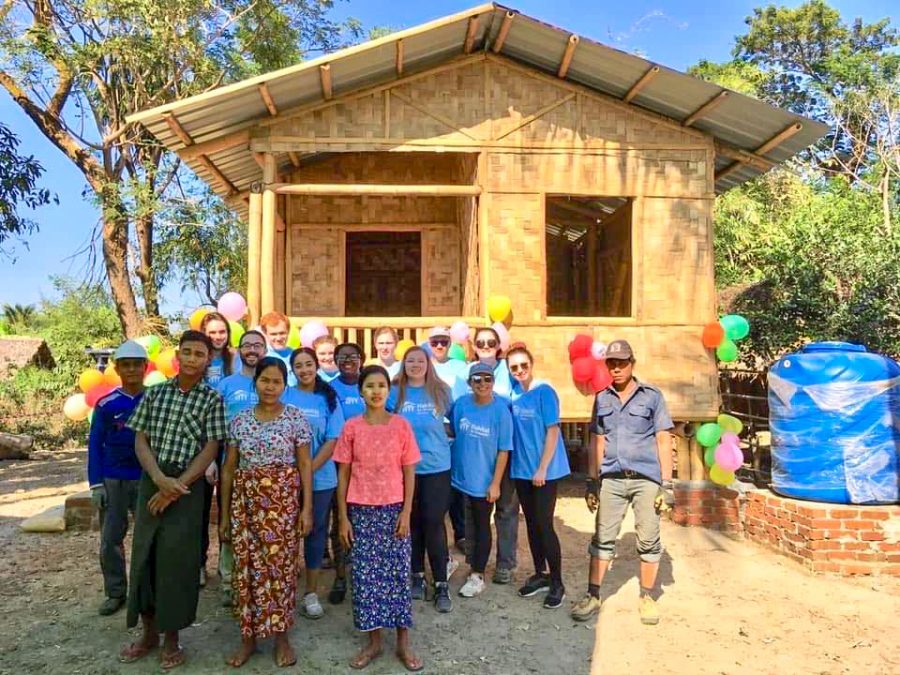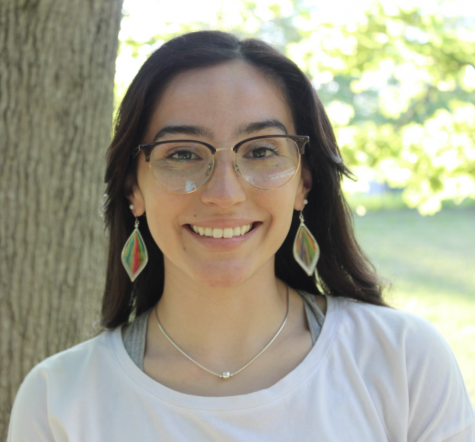People all over the world face the everyday hardships of poverty, lack of food, water and shelter. There are organizations all over the world that dedicate their time to aid those less fortunate; Suffolk University is among them. The Center for Community Engagement (CCE) provides an annual trip known as Alternative Winter Break (AWB) to students who wish to fly across the world and change the lives of others.
“These students were more than inspirational, they had so much passion in the classroom to not only study English but to support and help one another in the classroom,” said sophomore Kristina Lee, who changed her major to international relations after her AWB trip to Cambodia.
The trip brings ten people to two locations every year. Students this year were offered to visit Southeast Asia’s Cambodia and Myanmar. The volunteer project has allowed Suffolk students to help assist communities for over fifteen years. Enhancing the livelihood of the community is what alternative winter break is devoted to. Originally, it began as a trip for 10 students and two staff members to El Savador, but has since evolved with changed service activities and diverse locations such as Vietnam and India.
What students may expect from the experience with Habitat for Humanity is not always what they come away with. For sophomore CJ Koch, there was a bit of hesitance coming into the break. He was at a crossroads while deciding to stay with family or throw himself into a brand new 2020 adventure.
“As much as I wanted to travel I didn’t want to miss out on the scarce amount of time I had to spend with my friends and family. However, it was well worth it,” said Koch. “I was given the opportunity to do my two life goals: traveling, and helping people, and yet I got so much more than that. I tried new foods, learned new customs, saw incredible sights, and met some really great people.”
CCE staff members also take part in the yearly call to service. Director Adam Westbrook and assistant director Dennis Harkins are two of the most important pieces to this puzzle. Harkins has been with the program since 2017 when he began working at the university and has since played an active role in the journey.
Students are required to attend four pre-travel classes to gain some background knowledge about their destination before their departure. When the ten days are up, students return and enroll in GOV 387: Conflict and Development, where they learn about the political, economic and social events of the region. These classes allow students to reflect on their time abroad and analyze their previous memories.
To go abroad and see the world is one thing, but spending a couple weeks building a house and ensuring a better tomorrow for those who need it is a worldliness like no other. According to junior, Lindsay Gavin, the house-building process was unique because everything was made of bamboo with a mixed foundation of concrete and brick. Monday, Jan. 6, was dedicated to digging holes which would later be filled with concrete which would hold the frame of the house.
Working alongside Habitat for Humanity and local workers, the crew was able to build an entire house in five days.
“We went from standing on an empty dirt patch on Monday to a completely built house on Friday. I personally spent most of my time on the worksite hand making wooden bamboo nails by taking a machete and filing down pieces of wood,” said Gavin.
CCE assistant director Dennis Harkins explained that a large portion of his job is managing the volunteer service and travel programs at Suffolk. He holds one of the larger responsibilities coordinating with Habitat for Humanity, which consists of lots of scheduling and planning. There is also the annual change in location which brings upon a different culture, language and takeaway.
“I have continued to build a deep partnership with the Cambodian community through working with Habitat for Humanity’s Global Village Program and the Cambridge Cambodia School Project,” said Harkins.
For two days, Suffolk students went to a secondary school and worked with children to help them to practice their English and deliver aid to the village. Culture was a large aspect of the trip.
Gavin recalls the population being mostly Buddhist which allowed the group to visit pagodas, also known as temples or sacred buildings. They were asked to respect the sacred sites by wearing modest clothing and by taking off any socks and shoes. Those who lived there were very accepting and welcoming of the volunteers, even asking to take pictures with them.
“The appreciation that the people of Myanmar have for our presence is so heartwarming and inspires me to do more work like this. I hope to be able to enjoy an experience like this again because it is truly is a privilege to be welcomed by the people of Myanmar and to make even the slightest difference in their lives,” said freshman sociology major, Jordan Smith.








